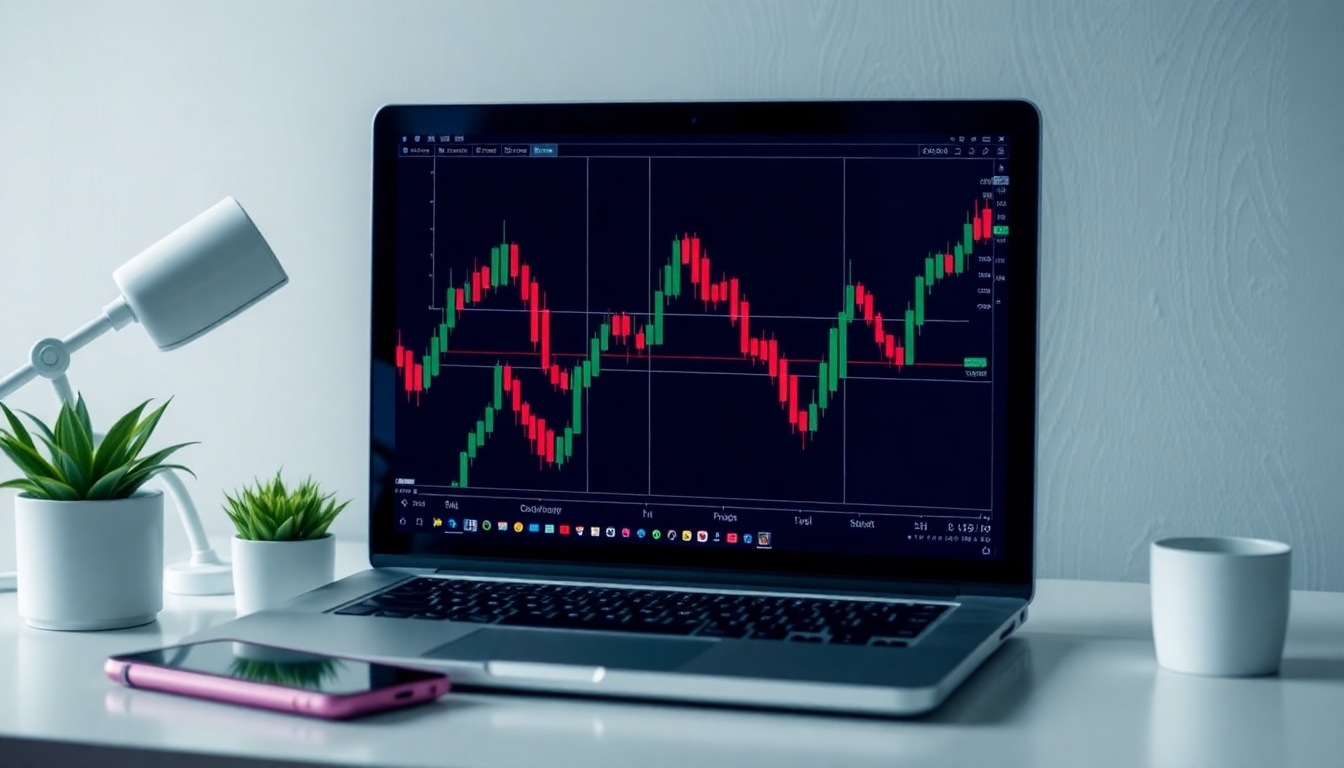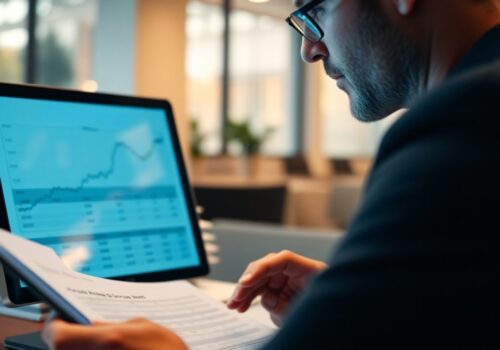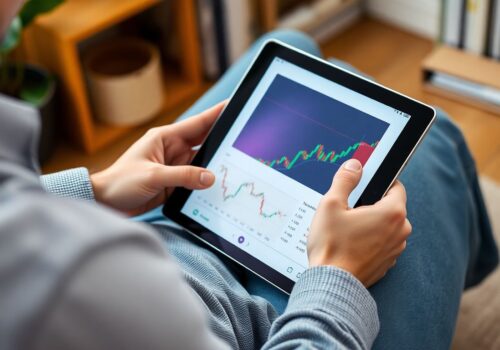How to start your forex trading journey as a beginner
The forex market processes over $7 trillion daily, making it the world’s largest financial marketplace. Operating 24/5 through a decentralized network, it enables traders to profit from currency value fluctuations across global economies. Beginners face specific challenges: mastering currency pairs (like EUR/USD), understanding economic indicators, and developing effective strategies. While these elements might seem complex initially, a methodical approach can quickly build competence. This guide provides essential steps to start trading effectively, with trusted platforms like Admirals offering comprehensive tools for beginning your forex journey.
Understanding the basics of forex trading
Forex trading involves buying one currency while simultaneously selling another. These currencies trade in pairs, such as EUR/USD (Euro/US Dollar), with the first listed being the “base currency” and the second the “quote currency.” The exchange rate shows how much quote currency is needed to purchase one unit of base currency.
“Forex is not about random buying and selling – it’s a calculated exchange influenced by global economics, political events, and market sentiment.”
The market operates 24 hours a day, five days a week, making it accessible for traders with various schedules. People trade forex primarily to generate profit from price movements and to hedge against currency risk.
Types of forex markets you should know
Spot market
The spot market is where currencies are bought and sold at their current market price for immediate delivery. Settlement typically occurs within two business days. For beginners, this is the most accessible market, offering straightforward transactions based on real-time exchange rates. When you exchange currency at a bank or through online platforms, you’re essentially participating in the spot market.
Forward market
In the forward market, traders establish contracts to buy or sell currencies at predetermined future dates and rates. These customized agreements between parties help businesses manage currency risk by locking in exchange rates for future transactions. For instance, an American company expecting to pay a European supplier in three months might use a forward contract to protect against unfavorable Euro value increases.
Futures market
The futures market features standardized contracts traded on regulated exchanges like the Chicago Mercantile Exchange. Unlike forwards, futures contracts have fixed sizes, settlement dates, and are publicly traded. They offer greater transparency and eliminate counterparty risk present in forward contracts.
Options market
Options give traders the right, but not obligation, to exchange currencies at a specified price before a certain date. This flexibility comes with a premium cost but provides valuable protection against adverse market movements while preserving upside potential.
For beginners, focusing on the spot market is recommended due to its simplicity, liquidity, and lower barrier to entry compared to derivatives markets.
Essential steps to begin forex trading
Choosing a reliable broker
Select brokers regulated by reputable authorities like the Financial Conduct Authority or the U.S. Commodity Futures Trading Commission. Consider:
- Regulatory compliance
- Transaction costs
- Platform usability
- Educational resources
- Customer service
- Deposit/withdrawal options
Opening a trading account
Brokers offer several account types: standard accounts (larger deposits, tighter spreads), mini accounts (smaller lot sizes), and micro accounts (minimal lot sizes). Begin with a demo account to practice without financial risk.
Creating a trading plan
Document your financial goals, risk tolerance, preferred trading style, and specific entry/exit criteria.
Starting with major currency pairs
Focus on major pairs offering higher liquidity and tighter spreads:
- EUR/USD – Most traded pair with consistent volatility
- GBP/USD – Strong price movements and clear patterns
- USD/JPY – Often responds predictably to technical indicators
- USD/CHF – Provides stability during market uncertainty
Developing effective trading strategies
Trend following strategy
This approach involves identifying the market’s directional momentum and placing trades that align with that movement. A practical example uses moving averages as indicators: when a shorter-period moving average crosses above a longer-period one, it signals a potential buying opportunity.
Range trading approach
Range trading capitalizes on currencies oscillating between consistent support and resistance levels, working best in stable market conditions without significant news events.
Breakout trading
Breakout trading identifies moments when a currency pair escapes an established range, potentially signaling a significant price movement. Helpful indicators include:
- Narrowing Bollinger Bands
- Increasing trading volume
- Recognizable chart patterns
- Momentum oscillator divergence
Managing risks in forex trading
Risk management is crucial for sustainable forex trading. Implement the 1-2% rule – never risk more than 1-2% of your total capital on a single position to protect against significant account damage.
Stop-loss orders automatically close positions at predetermined levels based on technical analysis rather than arbitrary price points.
Key risk factors include:
- Leverage amplification
- Volatility during news releases
- Central bank decisions
- Thin market liquidity
- Correlation risk with multiple pairs
“In forex trading, preserving capital must always take precedence over chasing profits.”
Conclusion
Forex trading requires methodical preparation rather than impulsive action. Understanding fundamentals, selecting appropriate brokers, creating structured plans, and implementing robust risk management establishes a foundation for success. Start with minimal capital or practice on demo accounts before committing significant funds. View early losses as educational investments. With discipline and realistic expectations, your forex trading journey can prove both intellectually and financially rewarding.
FAQs
While some brokers allow starting with as little as $50, a more practical minimum is $500-$1,000 to withstand normal market fluctuations.
Major pairs like EUR/USD, GBP/USD, USD/JPY, and USD/CHF offer ideal starting points due to their high liquidity, tight spreads, and abundant analysis resources.
Yes, the 24/5 market operation means you can trade around your schedule by focusing on specific session overlaps or using longer timeframes.
Demo accounts provide risk-free practice with simulated trading in real market conditions, while paper trading and backtesting help develop skills without financial exposure.
Novice traders frequently succumb to overtrading, improper position sizing, abandoning stop-losses, emotional decision-making after losses, and unrealistic profit expectations.





